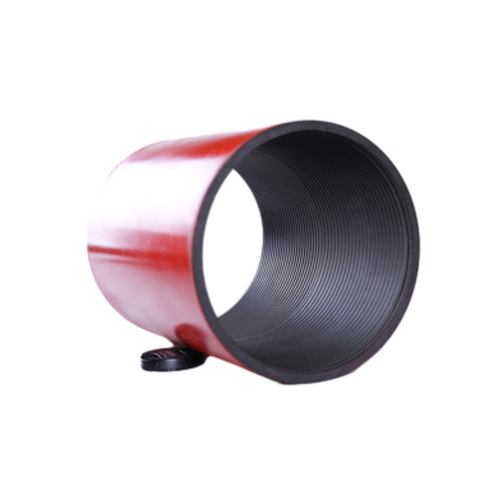- Afrikaans
- Albanian
- Amharic
- Arabic
- Armenian
- Azerbaijani
- Basque
- Belarusian
- Bengali
- Bosnian
- Bulgarian
- Catalan
- Cebuano
- Corsican
- Croatian
- Czech
- Danish
- Dutch
- English
- Esperanto
- Estonian
- Finnish
- French
- Frisian
- Galician
- Georgian
- German
- Greek
- Gujarati
- Haitian Creole
- hausa
- hawaiian
- Hebrew
- Hindi
- Miao
- Hungarian
- Icelandic
- igbo
- Indonesian
- irish
- Italian
- Japanese
- Javanese
- Kannada
- kazakh
- Khmer
- Rwandese
- Korean
- Kurdish
- Kyrgyz
- Lao
- Latin
- Latvian
- Lithuanian
- Luxembourgish
- Macedonian
- Malgashi
- Malay
- Malayalam
- Maltese
- Maori
- Marathi
- Mongolian
- Myanmar
- Nepali
- Norwegian
- Norwegian
- Occitan
- Pashto
- Persian
- Polish
- Portuguese
- Punjabi
- Romanian
- Russian
- Samoan
- Scottish Gaelic
- Serbian
- Sesotho
- Shona
- Sindhi
- Sinhala
- Slovak
- Slovenian
- Somali
- Spanish
- Sundanese
- Swahili
- Swedish
- Tagalog
- Tajik
- Tamil
- Tatar
- Telugu
- Thai
- Turkish
- Turkmen
- Ukrainian
- Urdu
- Uighur
- Uzbek
- Vietnamese
- Welsh
- Bantu
- Yiddish
- Yoruba
- Zulu
Understanding Bull Plug Pressure Ratings and Their Importance in Oil and Gas Operations
Understanding Bull Plug Pressure Ratings Key Insights
In the realm of industrial applications and fluid systems, ensuring safety and efficiency is paramount. One critical component often overlooked is the bull plug, particularly its pressure rating. A bull plug, a type of fitting used to seal a pipe or valve, plays a significant role in maintaining system integrity under varying pressure conditions. In this article, we will delve into the importance of bull plug pressure ratings, their types, applications, and how they can impact overall system performance.
What is a Bull Plug?
A bull plug is a solid plug designed to fit into the end of a pipe or fitting, effectively preventing the flow of liquids or gases. Made from various materials, including steel, brass, and plastic, bull plugs are versatile components adapted for numerous applications within different sectors such as oil and gas, chemical processing, water treatment, and more.
The Importance of Pressure Ratings
The pressure rating of a bull plug indicates the maximum pressure it can withstand without failing. This rating is crucial for several reasons
1. Safety Operating a system beyond its rated pressure can lead to catastrophic failures, resulting in leaks, explosions, or equipment damage. The bull plug acts as a barrier, and its pressure rating ensures that it can handle the system's demands.
2. Reliability Using components with appropriate pressure ratings increases the reliability of a system. When bull plugs are rated correctly, they help maintain the integrity of the entire assembly, preventing costly downtime due to failures.
3. Compliance Many industries are governed by strict safety standards and regulations. Utilizing bull plugs with proper pressure ratings not only complies with these regulations but also facilitates smoother operations and avoids legal complications.
Types of Bull Plug Pressure Ratings
Bull plugs are categorized based on several pressure ratings, often defined by industry standards
. These include1. Standard Pressure Ratings Commonly measured in PSI (pounds per square inch) or bar, standard pressure ratings denote the maximum permissible pressure for a specific class of the bull plug.
bull plug pressure rating

2. Material Ratings Different materials have varying capabilities to withstand pressure. For instance, stainless steel plugs typically have higher pressure ratings than plastic ones. Selecting the right material based on the working environment is essential for ensuring safety and functionality.
3. Temperature Factor Pressure ratings can also vary with temperature. High temperatures can decrease a material's strength, thereby affecting its pressure rating. It is crucial to consider environmental conditions when selecting a bull plug.
Applications of Bull Plugs
Bull plugs are widely used across various industries. In oil and gas, they are employed in pipelines to prevent leaks during maintenance. In chemical processing, they are vital for sealing reactors where high pressures are common. Likewise, in water treatment facilities, bull plugs help control the flow and pressure within intricate piping systems.
Selecting the Right Bull Plug
When choosing a bull plug, there are key factors to consider
1. Pressure Rating Always refer to the system's maximum operating pressure, ensuring the selected bull plug exceeds this rating, providing a buffer against pressure fluctuations.
2. Compatibility The material of the bull plug must be compatible with the fluids being handled to avoid chemical reactions that could compromise the plug's integrity.
3. Installation Requirements Consider the installation environment and any mechanical requirements, such as the need for special tools or fitting configurations.
Conclusion
In summary, understanding bull plug pressure ratings is vital for anyone involved in the design, installation, or maintenance of fluid systems. These ratings not only ensure safety and compliance but also enhance the reliability of systems across various industries. Careful consideration in selecting bull plugs based on pressure ratings, materials, and application-specific factors can significantly contribute to the efficient and safe operation of industrial processes. Always prioritize safety by adhering to manufacturer guidelines and industry standards when working with bull plugs and other components in high-pressure systems.
-
Tubing Pup Joints: Essential Components for Oil and Gas OperationsNewsJul.10,2025
-
Pup Joints: Essential Components for Reliable Drilling OperationsNewsJul.10,2025
-
Pipe Couplings: Connecting Your World EfficientlyNewsJul.10,2025
-
Mastering Oilfield Operations with Quality Tubing and CasingNewsJul.10,2025
-
High-Quality Casing Couplings for Every NeedNewsJul.10,2025
-
Boost Your Drilling Efficiency with Premium Crossover Tools & Seating NipplesNewsJul.10,2025







